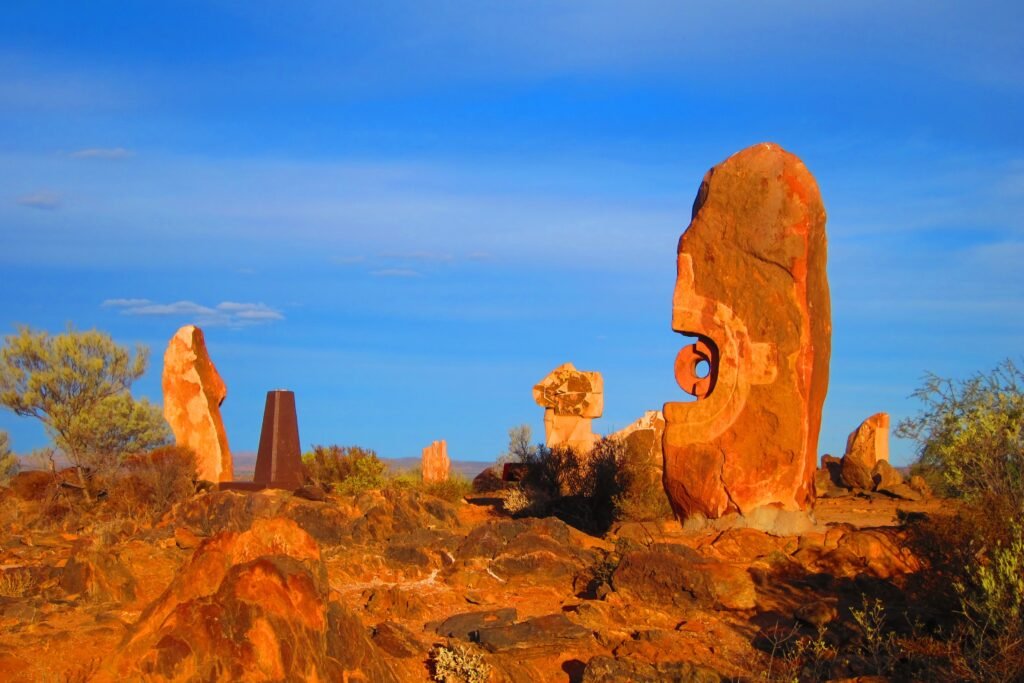This park is home to over 2,000 natural arches—more than anywhere else in the country. But the real magic isn’t in the numbers—it’s in the breathtaking scenery: towering arches, massive balanced rocks, jagged spires, rugged pinnacles, and smooth slickrock domes stretching beneath a vast, open sky.
Sitting high above the Colorado River, the park is part of southern Utah’s sprawling canyon country, shaped over countless ages by wind and water. Around 300 million years ago, this whole area was underwater, buried beneath inland seas that flooded and dried up—29 times in total—leaving behind salt deposits thousands of feet thick. Over time, sand and boulders washed down from higher ground, burying the salt under heavy layers of stone. Because the salt is lighter than the rock above, it pushes upward, warping the land into domes, ridges, and valleys.
Most of Arches’ formations are made of soft red sandstone laid down 150 million years ago. Much later, groundwater began eating away at the salt below, causing the sandstone domes to crumble and erode into narrow, upright slabs known as “fins.” Eventually, parts of these thin walls wore through, creating the stunning rock sculptures visitors see today.
The landscape seems eternal, unbreakable—but that’s an illusion. Over 700,000 people visit each year, putting this delicate desert ecosystem at risk. One big concern is the biological soil crust—a dark, living layer made up of cyanobacteria, algae, fungi, and lichens that cling to the park’s sandy stretches. A single footprint here can linger for years. In fact, the dry air preserves traces of human activity for centuries. That’s why visitors must stick to marked trails or walk only on solid slickrock and dry wash bottoms.
To qualify as an arch, an opening has to be at least three feet wide. The park’s biggest, Landscape Arch, stretches 306 feet from base to base—longer than a football field. Arches are always changing: new ones form while old ones crumble, like Wall Arch, which collapsed in 2008.
Scattered across the park are shallow, temporary pools—some just inches deep, others several feet—that create tiny, self-contained worlds for tadpoles, fairy shrimp, and insects. These form in sandstone basins, where rainwater and sediment collect in natural potholes.
About 300 million years ago, an inland sea covered what’s now Arches National Park. It vanished and returned 29 times, leaving behind salt beds thousands of feet thick
Another fascinating feature is the park’s lumpy black ground cover—which is actually alive. This biological soil crust, made of algae, lichens, and cyanobacteria (some of Earth’s oldest life forms), acts as an anchor for desert plants.
Heads up: Check for road closures in 2017 due to major park construction.
